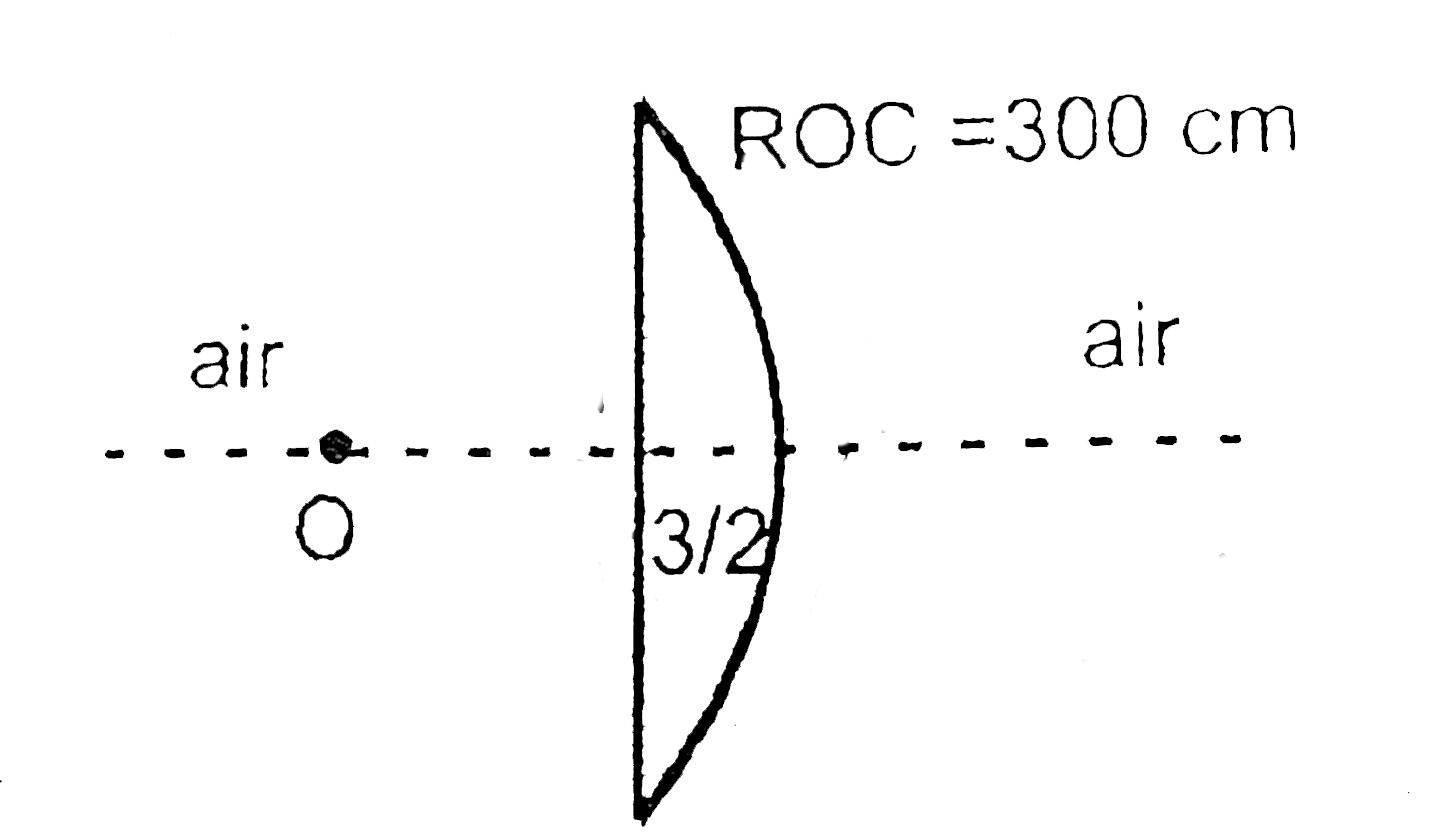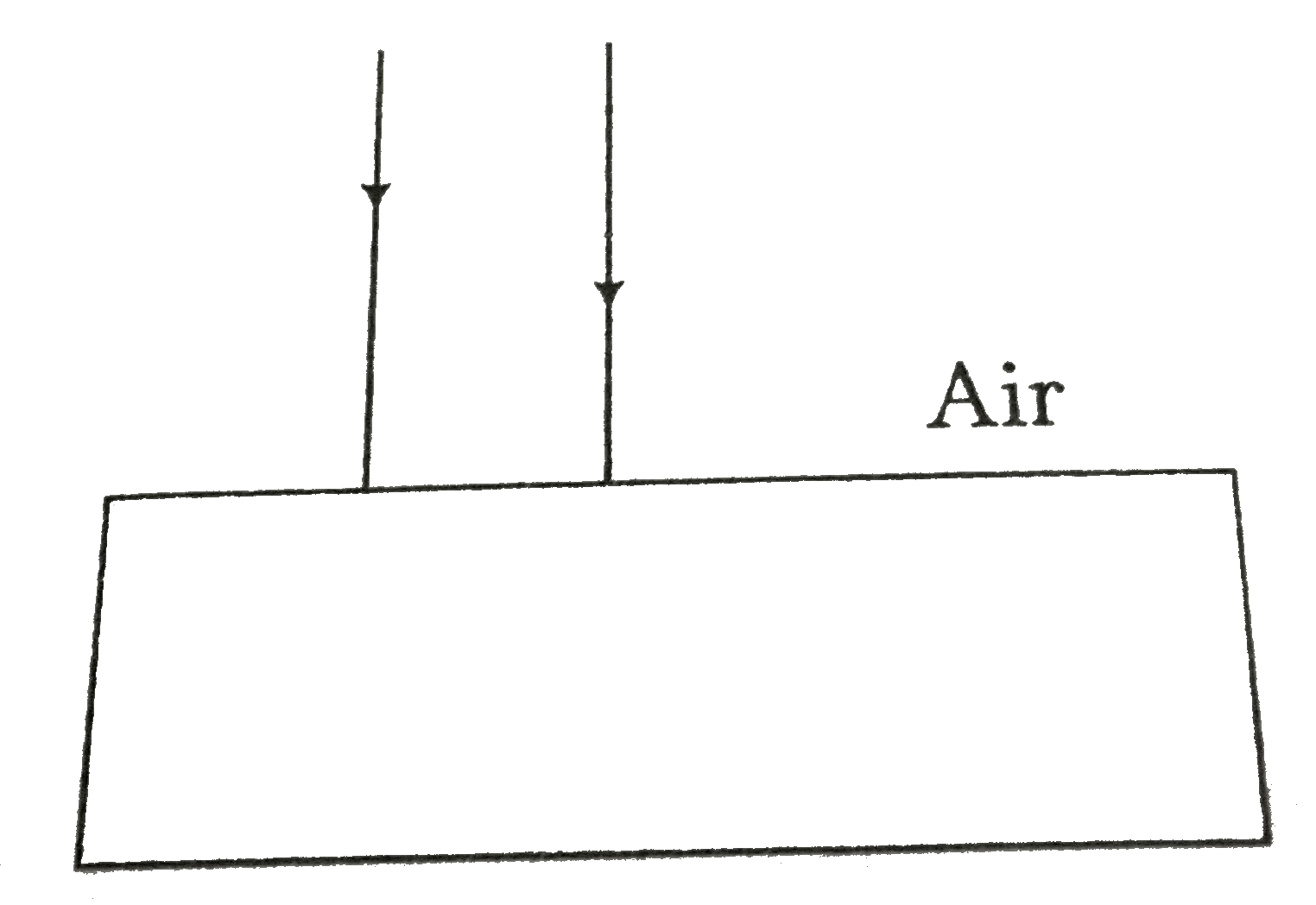Reflection from curved surface
Step by step video solution for Reflection from curved surface by Physics experts to help you in doubts & scoring excellent marks in Class 12 exams.
Updated on:21/07/2023Similar Questions
Refraction From Curved Surface||Formula & Magnification||Principle Foci||Power OF a spherical Surface||Examples
View Solution
Plane surface of a thin planoconvex lens reflects 50% of light, while the curved surface is completely transparent, if final image of O after refraction through lens coinsides with the image formed due to partial reflection from plane surface. if distance (in m) between O and lens is x then find x/4
View Solution
Knowledge Check
In case of eflection from curved surface
Athe normal is considered to be tangentto the spherical surface at the point of incidenceBthe normal is considered to be drawn at the polt of the spherical suface onlyCthe normal is the principle axis only.Dthe normal isnot required.A parallel beam of light of intensity I is incident on a glass plate. 25% of light is reflected in any reflection by upper surface and 50% of light is reflected by any reflection from lower surface. Rest is refracted The ratio of maximum to minimum intensity in interference region of reflected rays is
 A⎛⎜ ⎜⎝12+√3812−√38⎞⎟ ⎟⎠2B⎛⎜ ⎜⎝14+√3812−√38⎞⎟ ⎟⎠2C58DNone of these
A⎛⎜ ⎜⎝12+√3812−√38⎞⎟ ⎟⎠2B⎛⎜ ⎜⎝14+√3812−√38⎞⎟ ⎟⎠2C58DNone of theseThe wave reaching the receiving antenna will have maximum intensity if the direct wave & wave after reflection from earth's surface
Aare out of phase by 90∘Bare out of phase by 270∘Care in phaseDNone of these
A point object is kept at a distance of 2 m from a parabolic reflecting surface y2=2x . An equiconvex lens is kept at a distance of 1.80 m from the parabolic surface. The focal length of the lens is 20 cm . Find the position from origin of the image in cm, after reflection from the surface.
_S01_032_Q01.png)
View SolutionRefraction at curved surface and Lens
View SolutionIn a stationary wave that forms as a result of reflection of wave from an obstacle, the ratio of this amplitude at an antinode to the amplitude at node is n. The fraction of energy reflected is
View SolutionThe change in phase if a wave is reflected from a rigid surface is
View SolutionWhen the light is reflected from the surface of the mirror, its speed and wavelength will
View Solution
